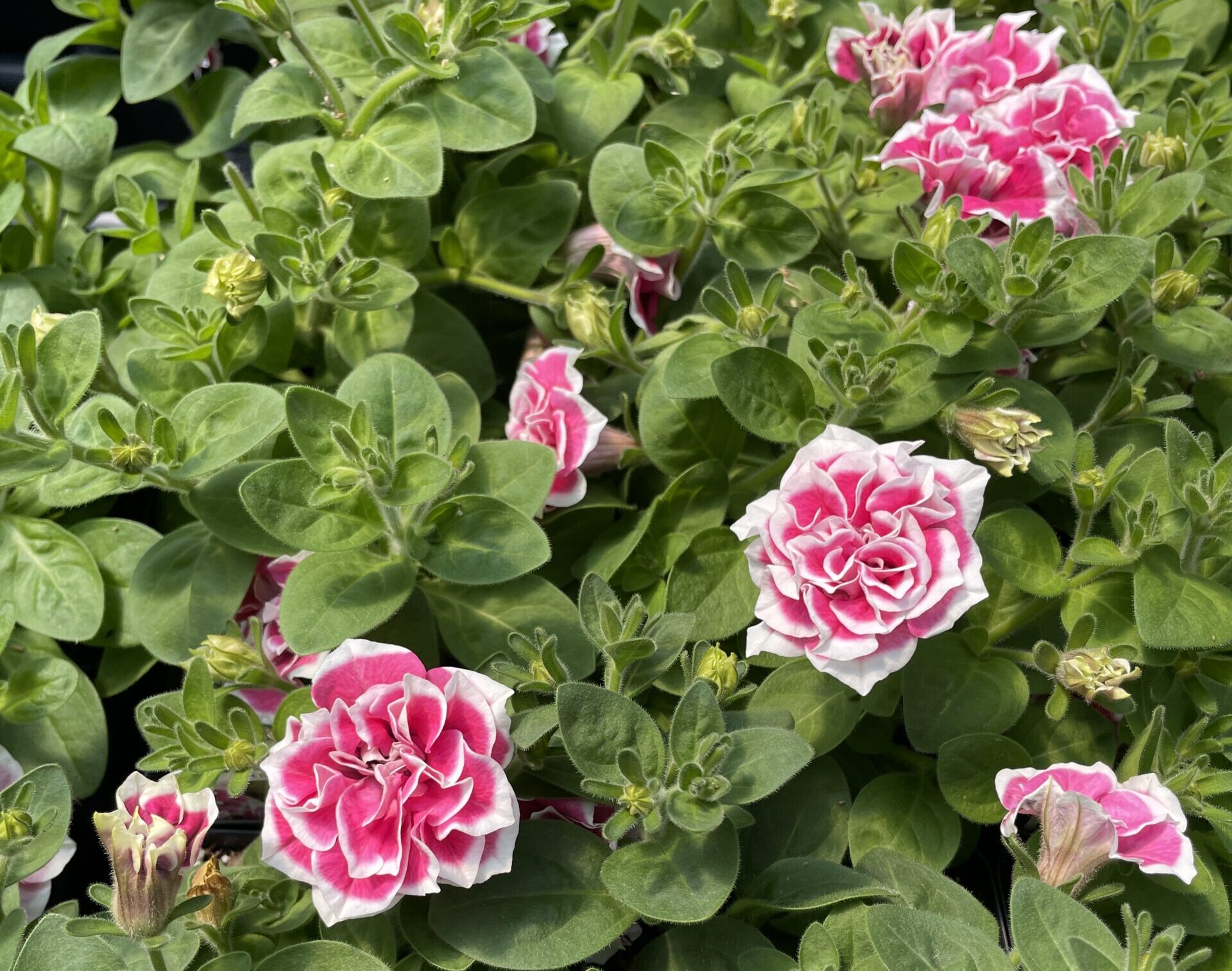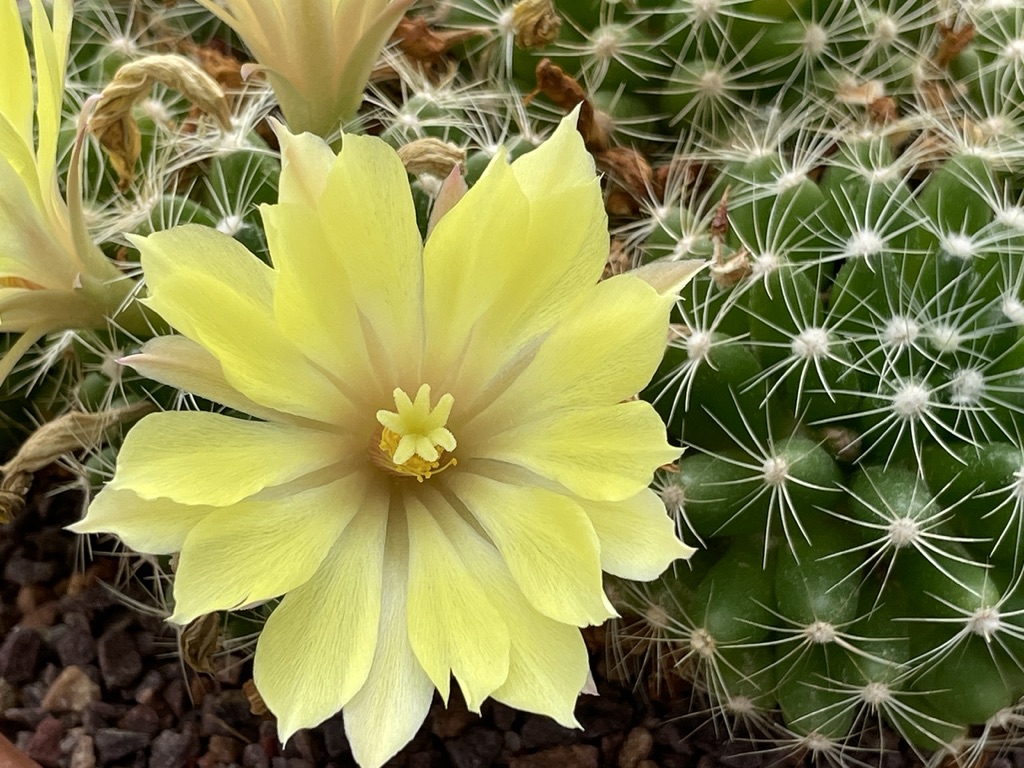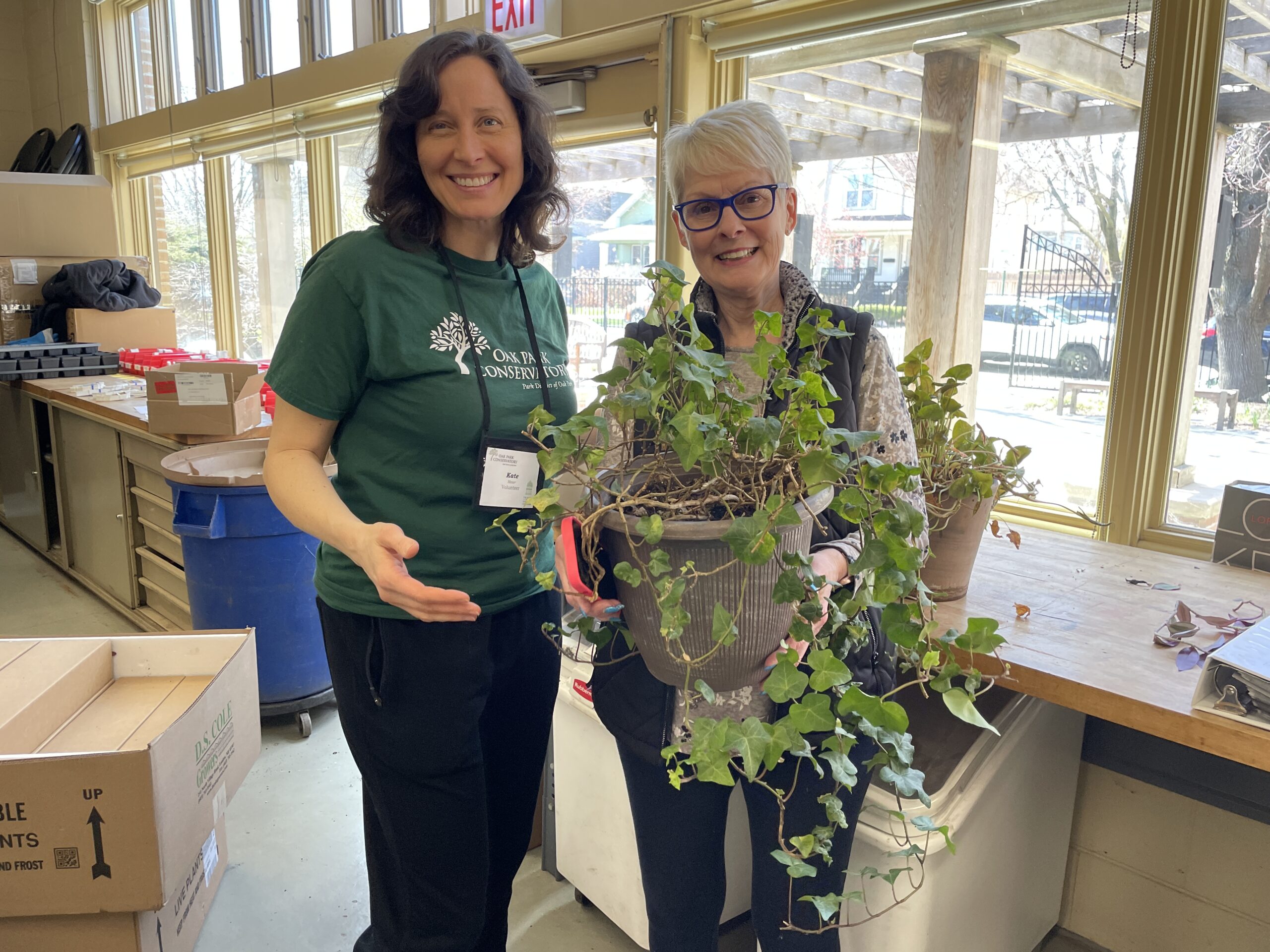For gardeners, the approach of the holidays can be a bittersweet time of year. Gone are the blooming flowers and delicious vegetables you’ve nurtured all season long. The leaves have fallen and the garden will soon settle into its long winter nap beneath a blanket of snow.
But don’t abandon the outdoors just yet! There’s a simple way to add greenery to your garden before you head inside with a hot cocoa and a stack of seed catalogs to dream of spring.
Creating your own winter container is a low maintenance way to add interest to your landscape (and make you smile every time you trudge up your icy porch steps). If you’ve never made a winter container, don’t be intimidated—it’s much easier than you think. Here are a few steps to get you started.
Gather your materials
- An all-weather pot. Resin is a good choice because it expands and contracts without cracking as the weather fluctuates. Avoid terracotta and clay.
- Potting soil. It doesn’t have to be fresh—you can reuse the soil from containers earlier in the year. This will hold the arrangement together. You can also top the soil with chicken wire and secure it with landscape staples for added stability.
- Winter greens. Fir, spruce, pine, cedar, arborvitae, boxwood and hemlock are just some of the many evergreens to choose from. Choose stems at least 8 to 12 inches long to anchor them in the soil.
- Accents. This is where you can really express your style! Choose magnolia tips, eucalyptus (fresh or dyed a festive color), dried hydrangea blooms, winter berries and cones. Some ornamental items come attached to long sticks (called picks) for this purpose. Thick items such as birch branches can be attached to a piece of bamboo or other thinner stick with paddle wire so they are anchored in the soil without taking up too much space.
Remember: Thriller, filler, spiller
The essentials of any pot design (winter or otherwise) can be boiled down to this combination. A thriller is a vertical accent that gives the arrangement height. Choose items like dogwood or curly willow branches and aim for a height of either one-third or two-thirds of your container. Fillers, composed mainly of evergreens and accents, fill the base of the container. And as the name suggests, spillers spill over the edges of the pot, creating a graceful draping effect. Evergreens such as Princess pine and cedar work well as spillers.
Determine your view
Will the pot be placed in a corner or viewed from all angles? Pots placed against a wall can be designed with a back (that is, an angle not meant to be viewed). For these, place the thriller in the back of the pot, then arrange your fillers and spillers in front of it. A pot that can be viewed all the way around should have its thriller in the center surrounded by fillers and spillers.
Layer your materials
Once the pot is packed to the top with soil, start adding greens and accents. First, give your greens fresh cuts to your desired length. Add the thriller first, then work in circles, adding each new element one at a time, large to small. Pack in enough elements so none of the potting soil is visible. Unlike spring and summer arrangements, there’s no need to leave any space to grow!
Water and spray in place
When you’re happy with your arrangement, water thoroughly. Keep watering it every few days until the weather freezes it solid and holds the design in place for the rest of the season. Consider spraying the greens with an anti-desiccant, such as Wilt-Pruf or Wilt-Stop, which gives them a clear, protective coating that will extend their life.
Shop the Oak Park Conservatory’s Winter Greens Market for a selection of winter greens for your home. An array of fresh greens including balsam, fir, boxwood, winter berries, magnolia tips, spruce tops and more will be available, along with many other natural items for your winter decoration needs. Shop now >
Blog written by Antonia Davison and edited by Claire Ong







